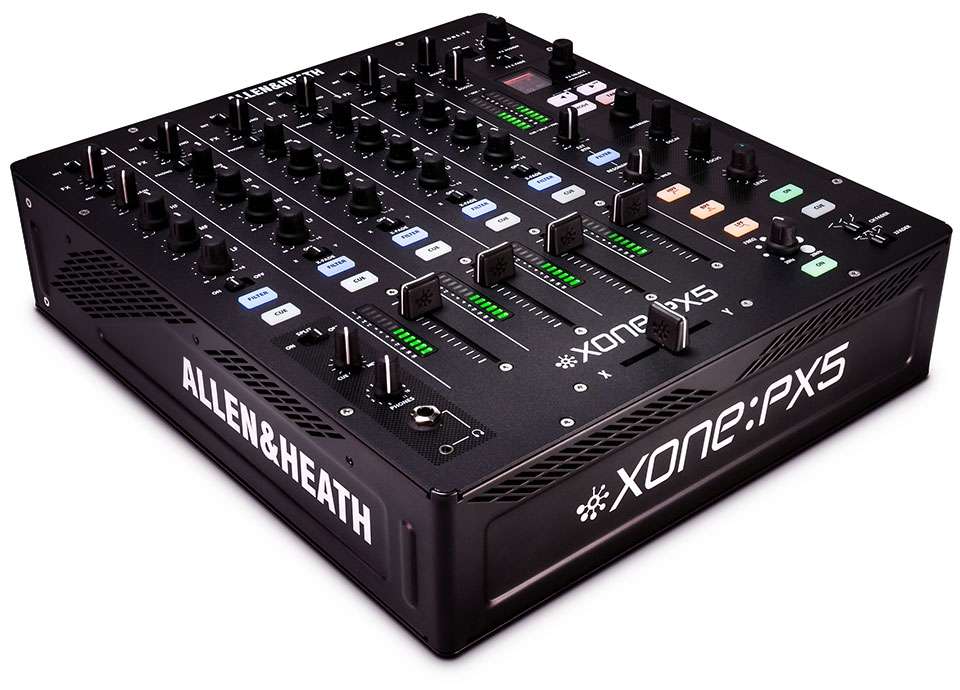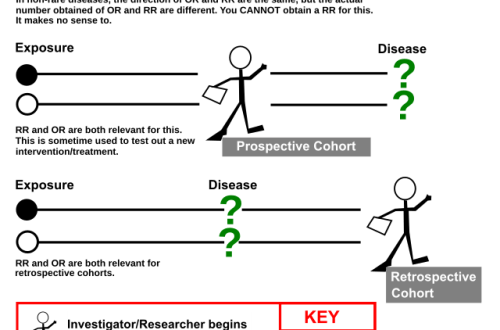
DJ Mixers – Low and high pass filters in DJ mixers
See DJ mixers in the Muzyczny.pl store
Filters make up a very broad branch of electronics, but this kind of knowledge of sound filtration is essential for anyone looking to get great-sounding effects in dynamic and balanced mixes. At the outset, however, we must answer the basic question, what is a filter and what is its task?
Filter – is a circuit that allows one frequency of the signal to pass and suppresses others. Thanks to this solution, the filter can extract the desired frequencies from the signal and remove others that we do not want.
Low and high pass filters, in addition to various types of effects, are among those options in the mixer that are favorite tools used when working on the console. Regardless of whether we work in a recording studio or stand in a club behind a DJ console, filters are one of the most important tools in the arsenal of a professional sound engineer. In the simplest sense, a filter is a tool used to boost, suppress or completely eliminate a selected frequency content in the output signal. It is also a basic element of many important production techniques, such as equalization, synthesis or sound creation and modulation.
How are the individual filters different?
First of all, you should know that all filters work on the basis of storing energy taken from the input signal and its appropriate conversion. Referring only to the nomenclature, we can conclude in the simplest form that low-pass filters only let pass low-frequency frequencies cut off the entire treble, and high-pass filters work the other way around. However, it is worth taking a closer look at the principle of operation of individual filters. Thus, the low-pass filter passes the components with frequencies lower than the cut-off frequency, and suppresses the components with frequencies above the cut-off frequency. It is also a tool to smooth out any sudden changes in the signal. However, in the case of a high-pass filter, the base material is updated in such a way that all differences in our base material are highlighted the most. The high-pass filter passes components with frequencies higher than the cut-off frequency, and suppresses all components with frequencies below the cut-off frequency. A characteristic feature of the individual filters is that the low-pass filter eliminates the sudden changes but leaves the rest of the signal, while the high-pass filter does the opposite and, keeping the sudden changes, removes everything that is beyond them. It is also worth knowing that the signal after the low-pass filter is slightly quieter than the input one and slightly delayed in relation to it. This is due to the fact that it is muffled, among other things.
We also have a so-called filter. mid-cutoff, which suppresses components with frequencies near the cut-off frequency, and passes components with frequencies below and above the cut-off frequency. Otherwise, forming a mid-cut filter, it cuts out the middle frequencies, letting the extremely high and extremely low ones pass.

The use of filters in the mixer
Still one of the basic tools in the mixer responsible for adjusting frequencies is the graphic equalizer, which is characterized by sliders, the position of which reflects the resultant characteristics of a given frequency. In graphic equalizers, the entire band is divided into equal areas. In the middle position of the potentiometer, the band is neither attenuated nor amplified, so when all the controls are in the middle position, then they line up in a horizontal line in the middle of their range, so the resultant characteristic is a linear characteristic with 0 dB gain / attenuation. Each move of the slider up or down on a given frequency either raises it or cuts it off.
To sum up, filters have a key impact on the sound characteristics, therefore, if we want to be creative sound directors and we care about the possibility of interfering with the base signal, it is worth paying special attention when buying that our mixing console is equipped with appropriate sliders that allow us to create and modulating this sound.





